History Activities – 2024
Team
![]() Martin
Martin
![]() Tony
Tony
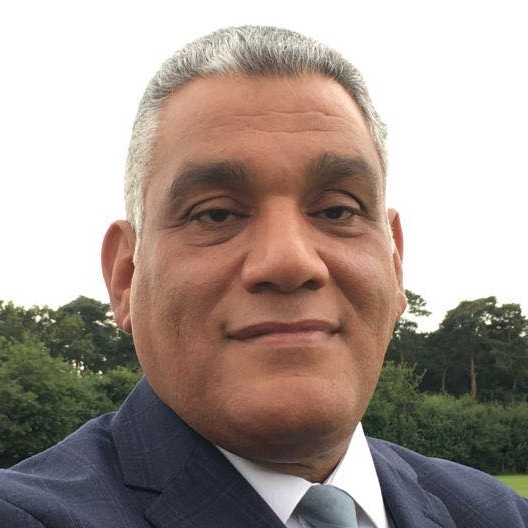 Ahmed
Ahmed
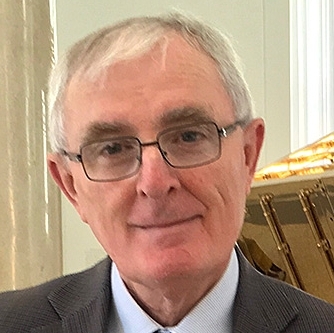 Antonio
Antonio
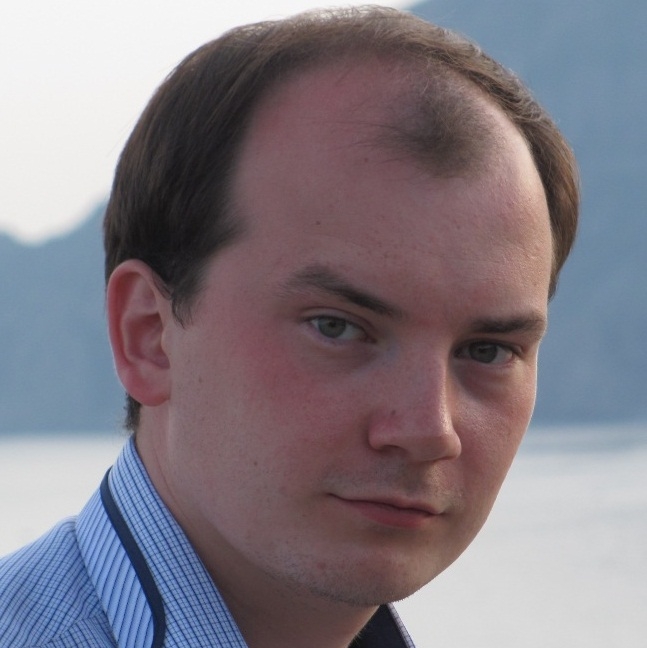 Evgen
Evgen
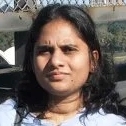 Mathini
Mathini
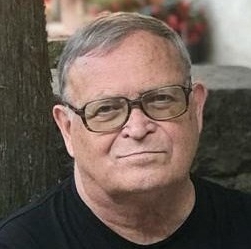 Sergei
Sergei
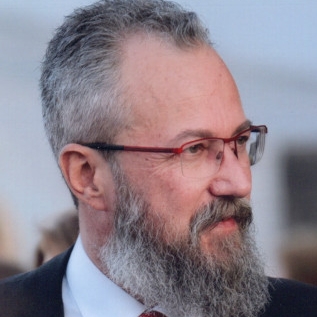 Stefano
Stefano
The History Activities Committee is looking forward to assist you in your history-related activities. The 2024 committee consists of:
- Martin Bastiaans, History Activities Coordinator (2021-2024)
- Tony Davies, Past History Activities Coordinator (2013-2020)
- Ahmed Zobaa, current IEEE History Committee member (2024)
- Antonio Savini, current IEEE History Committee member (2022-2024)
- Evgen Pichkalyov, past IEEE History Committee member (2022-2023)
- Mathini Sellathurai, current IEEE History Committee member (2024)
- Sergei Prokhorov, current IEEE History Committee member (2022-2024)
- Stefano Selleri, current IEEE History Committee member (2023-2024)
Feel free to contact us at [email protected], but include [email protected] in CC, just in case the email alias may not work properly.
- List of Region 8 Section history officers (.xlsx)
- List of Region 8 History Network subscribers (.xlsx)
IEEE Region 8 History webpage
The Region 8 History webpage is updated whenever new information becomes available.
News
- A temporary website for HISTELCON 2025, Knowing the past for preparing the future: Lessons of Electrotechnology for the Age of AI, which will be held in Bonn, Germany, 30 September – 2 October 2025, is live at https://attend.ieee.org/histelcon-2025/. Instructions regarding the Call for Papers, with submission deadline 14 March 2025, will be added to the website in due time.
HISTELCON is a flagship conference series of IEEE Region 8 held every two years and is dedicated to any aspects of the history of electrical engineering, electronics, computing, and their impact on social and economical development. - Recently approved IEEE Milestones:
Galway, Ireland, Anderson bridge, 1891
Dedication ceremony to be decided – IEEE UK and Ireland Section
Developed by Alexander Anderson here, formerly Queen’s College Galway, the Anderson Bridge is a modified Maxwell Bridge specialised for measuring electrical inductance by comparing an unknown inductance value with the capacitance of a fixed reference capacitor. While operating in a manner similar to how the Wheatstone Bridge measures resistance, it was the first invention to enable precise measurements of inductance ranging from a few microhenrys to several henrys.
Grenoble, France; Agrate Brianza, Catania, Cornaredo Milano, Italy, Integrated circuits for satellite digital radio, 1996-1997
Dedication ceremony to be decided – IEEE France Section; IEEE Italy Section
In 1996-1997, STMicroelectronics developed three low-power integrated circuits (ICs) essential for satellite digital radio reception: a frequency demodulator, a baseband processor, and a compressed audio decoder. Their use in digital radio satellite receivers adopted by Worldspace and Sirius XM Radio provided inexpensive educational and entertainment services in Africa, India, and the United States, and addressed a United Nations humanitarian call for inexpensive radio service to less-developed countries. - Recently approved IEEE Milestone:
Berlin, Germany, Long distance transmission of electrical power using three-phase alternating current, 1891
Dedication ceremony to be decided – IEEE Germany Section
At the 1891 International Electrotechnical Exhibition, Oskar von Miller and Michael Dolivo-Dobrowolsky from Allgemeine Elektricitäts-Gesellschaft (AEG), Germany, and Charles Eugene Lancelot Brown from Oerlikon, Switzerland, demonstrated the world’s first long distance (175km), high voltage (15kV), highly efficient (75%) Lauffen-Frankfurt electric power transmission of 300 horsepower, using three-phase alternating current. This demonstration directly influenced the eventual worldwide dominance of electric power transmission using three-phase alternating current systems. - Recent Milestone dedication ceremony:
Birmingham, England: Development of the cavity magnetron, 1939-1941
Dedication ceremony 4 June 2024 – IEEE UK and Ireland Section
In this building from 1939 to 1941, University of Birmingham researchers John Randall, Harry Boot, and James Sayers conceived and demonstrated fundamental ways to improve the output power, efficiency, and frequency stability of cavity magnetrons. Further developed and refined by others, these advances facilitated the Allies’ deployment of microwave radar systems in World War II. Cavity magnetrons were later adapted for use in industrial heating and microwave ovens. - Recently added Oral Histories:
The List of Oral Histories related to Region 8 (.xlsx) on the Region 8 History webpage has been updated by adding the transcripts of interviews with Peer Martin Larsen (Region 8 Director in 1995-1996) and Kurt Richter (Region 8 Director in 1991-1992)- Peer Martin Larsen, an interview conducted by Anthony (Tony) C. Davies, IEEE History Center, 19 April 2013,
- Kurt Richter, an interview conducted by Anthony (Tony) C. Davies, IEEE History Center, 19 April 2013,
and the transcripts of interviews with
- Rüdiger Dillmann, an oral history conducted on 30 August 2011 by Selma Šabanović with Matthew R. Francisco, Indiana University, Bloomington Indiana, for Indiana University and the IEEE,
- Tariq Durrani, an oral history conducted on 4 August 2021 by Robert Colburn, IEEE History Center, Piscataway, NJ, USA,
- José M.F. Moura, an oral history conducted on 6 and 13 December 2021 by Mary Ann Hellrigel, IEEE History Center, Piscataway, NJ, USA,
- John M. Rowell, an oral history conducted on 28 September 2016 by Mary Ann Hellrigel, IEEE History Center, Piscataway, NJ, USA,
- Noel Sharkey, an oral history conducted on 24 March 2013 by Peter Asaro, Indiana University, Bloomington Indiana, for Indiana University and the IEEE.
- IEEE Milestones approved in 2023 but not yet dedicated:
- UK and Ireland: The development of the cavity magnetron, 1939-1941
Dedication ceremony in Birmingham planned for 4 June 2024. - Israel: Intel 8087 Math Coprocessor, 1980
Dedication ceremony in Haifa planned for September 2024.
- UK and Ireland: The development of the cavity magnetron, 1939-1941
- IEEE Milestone proposals under consideration by the IEEE History Committee
- Benelux: ADSL: expediting broadband internet access for society, 1993-1997
- Germany/Poland: Long distance transmission of electrical power using three-phase alternating current, 1889-1912
- UK and Ireland: Anderson bridge, 1891
- Benelux: Design of the Advanced Encryption Standard (AES) Rijndael, 1995-1998
- News Archive — News items about Milestones and Conferences are ordered by year: 2023, 2022, 2021, 2019, 2017, 2015, 2014, 2013, 2010.
Highlights from 2023 – see also News Archive: 2023
- IEEE Milestones dedicated in 2023:
Paris, France, Invention of Sonar, 1915-1918
Dedication ceremony 7 December 2023 – IEEE France Section
From 1915 to 1918, Paul Langevin demonstrated the feasibility of using piezoelectric quartz crystals to both transmit and receive pulses of ultrasound and thereby detect submerged submarines at ranges up to 1300 metres. The system, later called sonar, validated Constantin Chilowsky’s proposal to use ultrasound for this purpose. The technology was used successfully during World War II, and led to other applications including depth sounding and medical echography.
Skopje, North Macedonia, First robotic control from human brain signals, 1988
Dedication ceremony 10 October 2023 – IEEE North Macedonia Section
In 1988, in the Laboratory of Intelligent Machines and Bioinformation Systems, human brain signals controlled the movement of a physical object (a robot) for the first time worldwide. This linked electroencephalogram (EEG) signals collected from a brain with robotics research, opening a new channel for communication between humans and machines. EEG-controlled devices (wheelchairs, exoskeletons, etc.) have benefitted numerous users and expanded technology’s role in modern society.
Grenoble, France, MPEG Multimedia Integrated Circuits, 1984-1993
Dedication ceremony 28 September 2023 – IEEE France Section
Beginning in 1984, Thomson Semiconducteurs (now STMicroelectronics) developed multimedia integrated
circuits, which accelerated Moving Picture Experts Group (MPEG) standards. By 1993, MPEG-2 integrated
decoders – including innovative discrete cosine transform (developed jointly with ENST, now Telecom ParisTech), bitstream decompression, on-the-fly motion compensation, and display unit – were announced in one silicon die: the STi3500. Subsequent MPEG-2 worldwide adoption made compressed full-motion video and audio inexpensive and available for everyday use.
Paris/Lyon, France, The birth of electrodynamics, 1820-1827
Dedication ceremonies 3 April 2023 (Paris) and 4 April 2023 (Lyon) – IEEE France Section
Stimulated by experimental reports that an electric current could deflect a compass needle, André-Marie Ampère discovered the fundamental law of electrodynamics, the science of interactions between electric currents. He then developed the theory that electric currents are responsible for magnetism. These achievements formed the basis for electrical technologies, including electric motors and generators. In 1881, the International Electrical Congress named the unit of electric current the ‘ampere’ (A). - HISTELCON 2023, Science and Technology or Technology and Science?, took place in Florence, Italy, 7-9 September 2023, as a hybrid event, held both live and online.
- Proceedings of HISTELCON
The proceedings of HISTELCON 1 through 7, available at IEEE Xplore, are now freely accessible for everyone without any payment; see also the HISTELCON entry on ETHW.- Paris, France, 11–12 September 2008
- Madrid, Spain, 3–5 November 2010
- Pavia, Italy, 5–7 September 2012
- Tel Aviv, Israel, 16–21 August 2015, held jointly with the 42nd annual meeting of ICOHTEC, the International Committee for the History of Technology: History of High-Technologies and Their Socio-Cultural Contexts
- Kobe, Japan, 7–8 August 2017, together with IEEE Region 10
- Glasgow, United Kingdom, 18–19 September 2019
- Moscow, Russia, 10-12 November 2021
- Florence, Italy, 7-9 September 2023 (not yet freely accessible)
- Minutes of the IEEE Region 8 Committee meetings
With the exception of four Region 8 Committee meetings – in Geneva (7 September 1965), Leuven (16 September 1966), Tel Aviv (24 October 1968), and Dubrovnik (25-26 October 1974) – we have (scanned) versions of all meeting minutes; and of the above-mentioned meetings in Leuven and Tel Aviv, we have the agendas. The (scanned) versions have been collected in five pdf files, which are available for download:
1962-1970 (.pdf), 1971-1983 (.pdf), 1984-1993 (.pdf), 1994-2009 (.pdf), and 2010-2022 (.pdf). - Old issues of IEEE Region 8 News
Digital versions of IEEE Region 8 News from 2002 onward can be found in the Region 8 News archive of back issues. All older issues of IEEE Region 8 News and its predecessors — IEEE Region 8 newsletter (1967-1986; issues 1-76) and IEEE Region EIGHT News (1987-1989; issues 77-85) — have now been scanned: 1092 pages with a total size of about 0.7 GB. Note that volume numbers were introduced in Region 8 News in 1998 with the August issue (Volume 1, Number 1); until then, the numbering was consecutively from 1 till 122.
The scanned versions can be downloaded by clicking on the links in the table that can be found here. In addition to news about the IEEE and the activities that took place on the Region level, these old issues contain lots of information about our Sections and may thus form a valuable source of information, especially for those Sections who want to fill the gaps in their history. To help Sections, an index has been created to direct Section leaders to the relevant pages in the issues 1-122 (December 1967 – May 1998) where news about their Section can be found. - The IEEE Milestones Program honors significant technical achievements in all areas associated with IEEE. It is a program of the IEEE History Committee, administered through the IEEE History Center.
- List of IEEE Milestones worldwide
- List of IEEE Milestones in Region 8 (.xlsx) with links to ETHW and to their locations on Google maps
- Status report of Milestones under consideration by the IEEE History Committee
- List of achievements suitable for Milestones
- List of achievements suitable for Milestones featuring women
- List of candidate Milestones in Region 8 approaching major anniversaries (.xlsx)
- The Engineering and Technology History Wiki is a wiki-based platform that allows IEEE members and Organizational Units to collaboratively preserve and share their history (including, for instance, the history of individual IEEE Sections).
- List of Region 8 Section histories (.xlsx)
- List of Oral Histories worldwide
- List of Oral Histories related to Region 8 (.xlsx)
- List of First-Hand Histories worldwide
- The book A short history of IRE Region 9 / IEEE Region 8 (.pdf) presents a history of IEEE Region 8 spanning its origins from the IRE Region in Europe, through the IRE/AIEE merger forming the IEEE and subsequently to the present day Region 8 consisting of Europe, the Middle East, and Africa.
Note that if you click on the link above and open the Document Outline in the left-hand side bar, you can immediately jump to any section of the book and easily navigate through it. - More information about the history of Region 8 can be found on ieeer8.org/history/
- History Activities Operations Manual
- Current report of the History Activities Coordinator (.pdf)
- Previous report of the History Activities Coordinator (.pdf)
- Region 8 History Activities – Final Report 2021-2022) (.pdf)
- Previous reports of the History Activities Coordinator (Martin Bastiaans, 2021-2023) (.pdf) in reverse order
- Previous reports of the History Activities Coordinator (Tony Davies, 2013-2020) (.pdf) in reverse order
- Previous reports of the History Activities Coordinator (Jacob Baal-Schem, 2007-2010) (.pdf) in reverse order
- IEEE History Center Programs & Projects
- IEEE History Center Publications
- IEEE History Center Newsletters
- REACH – Raising Engineering Awareness through the Conduit of History
- IEEE Life Members’ Fellowship in the History of Electrical and Computing Technology
- Elizabeth & Emerson Pugh Young Scholar in Residence at the IEEE History Center
- IEEE William and Joyce Middleton Electrical Engineering History Award
- Bernard S. Finn IEEE History Prize

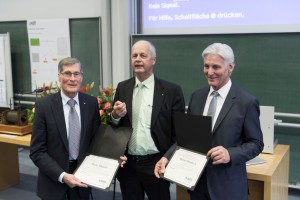
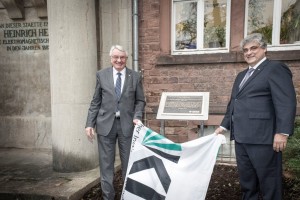
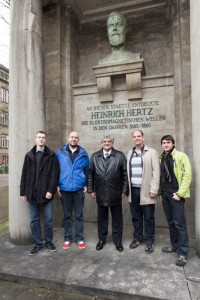
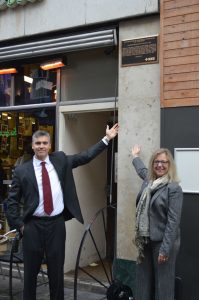
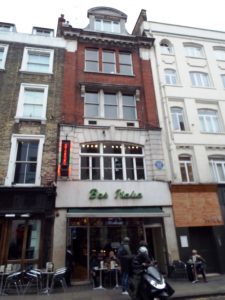
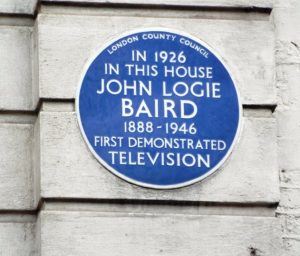
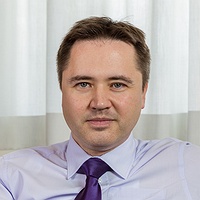 Mislav
Mislav